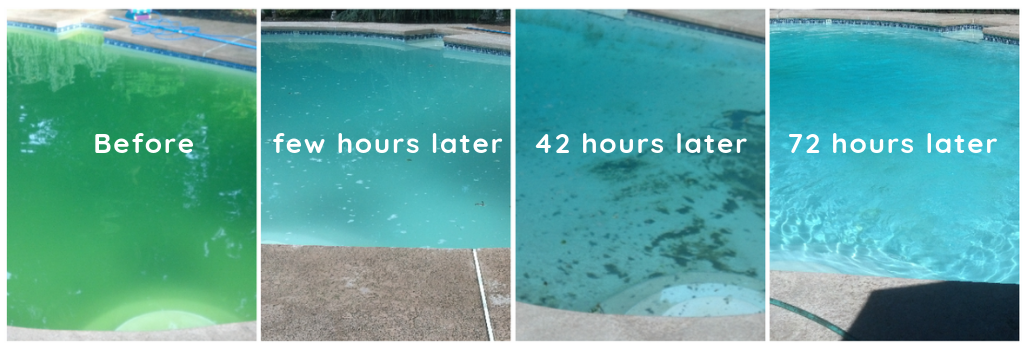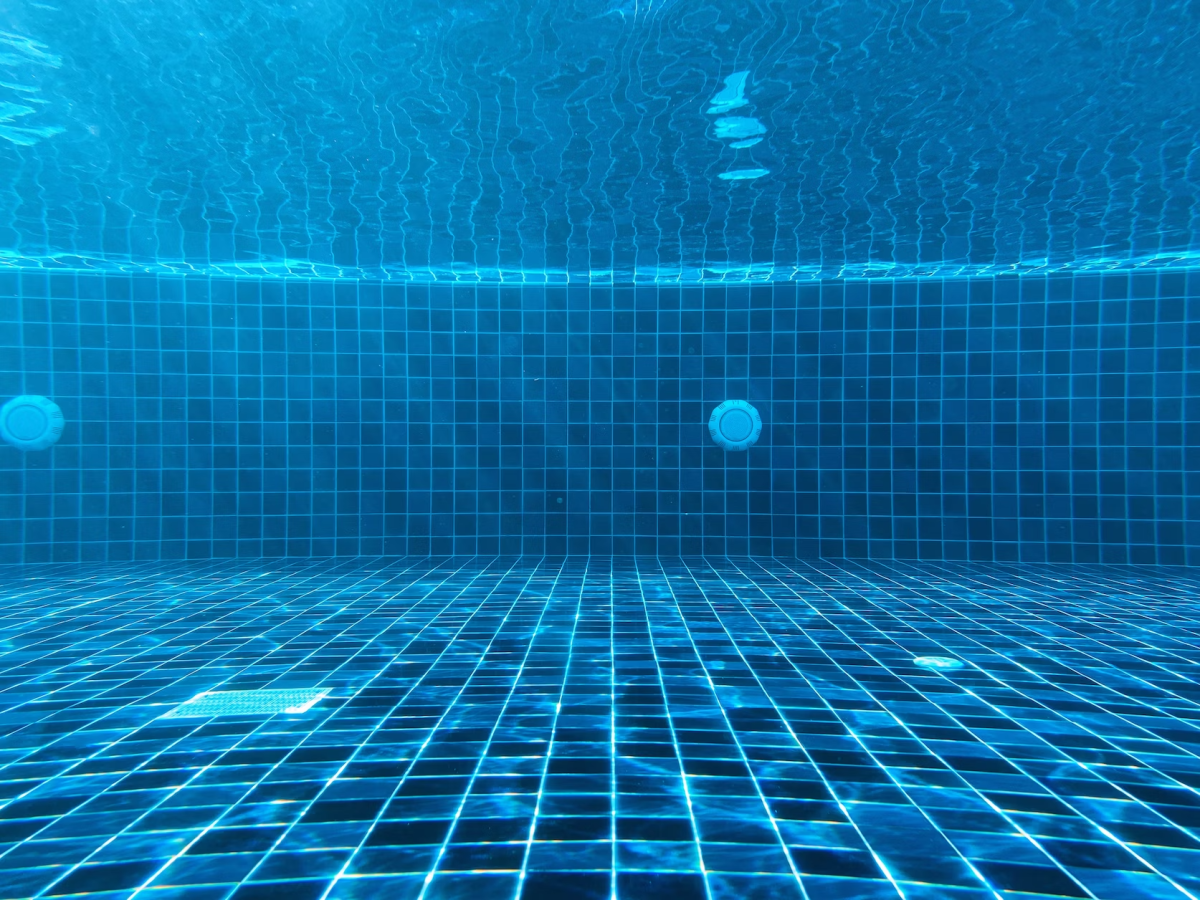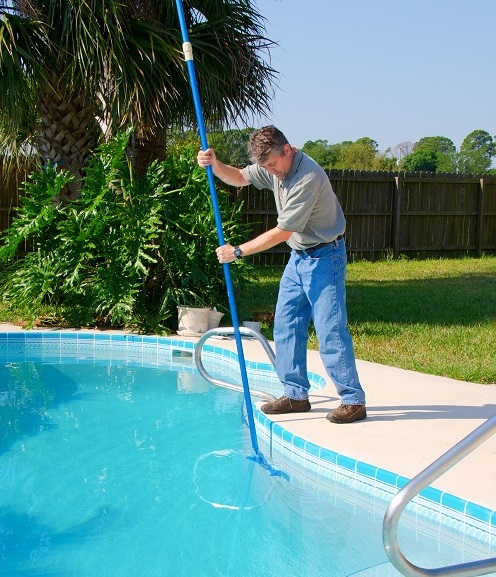When your swimming pool crashes and turns cloudy green it feels like starting all over but it’s the middle of the summer and the kids are waiting to get into the pool so you gotta get right on it and turn that pool crystal and you know just what to do. After a day or so nothing happens now. Why isn’t the pool flocculant working?
Introduction:
A pristine pool is the epitome of relaxation and enjoyment, offering a refreshing oasis on hot summer days. However, maintaining crystal-clear water isn’t always as simple as it seems. That’s where pool flocculants come into play. In this guide, we’ll explore the role of pool flocculants and why they’re essential for achieving and maintaining clear, clean water in your pool.
Pool flocculant, often referred to simply as “flocculant,” is a chemical agent designed to clarify pool water by causing suspended particles to clump together, making it easier for your pool’s filtration system to remove them. Essentially, it acts as a coagulant, turning tiny particles into larger clumps that can be trapped and removed through filtration.
The significance of clear and clean pool water cannot be overstated. Beyond aesthetics, maintaining proper water clarity is crucial for the health and safety of swimmers. Cloudy or murky water can harbor harmful bacteria and algae, posing serious health risks. Additionally, clean water enhances the swimming experience, allowing for better visibility and enjoyment of your pool.
In the next sections, we’ll delve deeper into how pool flocculants work and address common issues that may arise when using them, ensuring that you’re equipped with the knowledge to keep your pool water sparkling clear all season long.
A pool flocculant is a chemical that helps to remove small particles from pool water, these particles can include dirt, debris, algae, and bacteria. Flocculants work by clumping these particles together helping them settle out so that they can be removed from the pool H2O ………………………………………… Read more
Conclusion:
Can I Use Clarifier After Flocculant?
Yes, Clarifiers use after Flocculant
Removing light floc left over from quick-settling heavy floc
Floc knocked into suspension vacuuming
High TDS/Salt in H2O prevents flocculation.
Using too much flocculant
Low pH start
Not waiting long enough ……………………………………………………… Read more

References:
Pool and Deck-Pool Flocculant Not Settling: What is the Best Solution?
FAQ’s
How long does it take for the pool flocculant to work? The time it takes for pool flocculant to work can vary depending on factors such as the type of flocculant used, the severity of cloudiness, and the efficiency of the pool’s filtration system. In general, you may start to see visible results within a few hours to overnight, but complete clarification may take up to 24-48 hours.
Can I use a pool flocculant with a cartridge filter? Yes, pool flocculant can be used with cartridge filters. However, it’s essential to clean or backwash the filter thoroughly after the flocculant treatment to remove the captured particles and prevent clogging.
Is it safe to swim in a pool treated with flocculant? It is generally safe to swim in a pool treated with flocculant once the water has been properly clarified, and the chemical levels are within recommended ranges. However, it’s essential to wait until the flocculant has completed its job and any residual particles have been removed through filtration.
Can I use pool flocculant to treat algae in my pool? While pool flocculants can help clump together suspended algae particles for easier removal through filtration, they are not typically used as the primary treatment for algae infestations. Instead, algaecides or shock treatments are usually recommended to kill algae, followed by filtration and flocculant treatment to remove dead algae debris.
How often should I use pool flocculant? The frequency of pool flocculant use depends on factors such as water clarity, pool usage, and environmental conditions. In general, it’s best to use flocculant as needed to address cloudy water issues, following the manufacturer’s instructions for dosage and application.
Can I use a pool flocculant if my pool has a saltwater chlorine generator (SWCG)? Yes, pool flocculant can be used in pools equipped with a saltwater chlorine generator. However, it’s essential to follow the manufacturer’s recommendations and ensure that the flocculant is compatible with the SWCG system to avoid any adverse interactions.
What should I do if the pool flocculant doesn’t work? If the pool flocculant fails to produce the desired results, several troubleshooting steps can be taken. These include retesting and adjusting water chemistry, improving circulation, addressing algae or debris issues, and considering alternative treatment methods or products. If problems persist, consulting a professional pool maintenance technician may be necessary.





